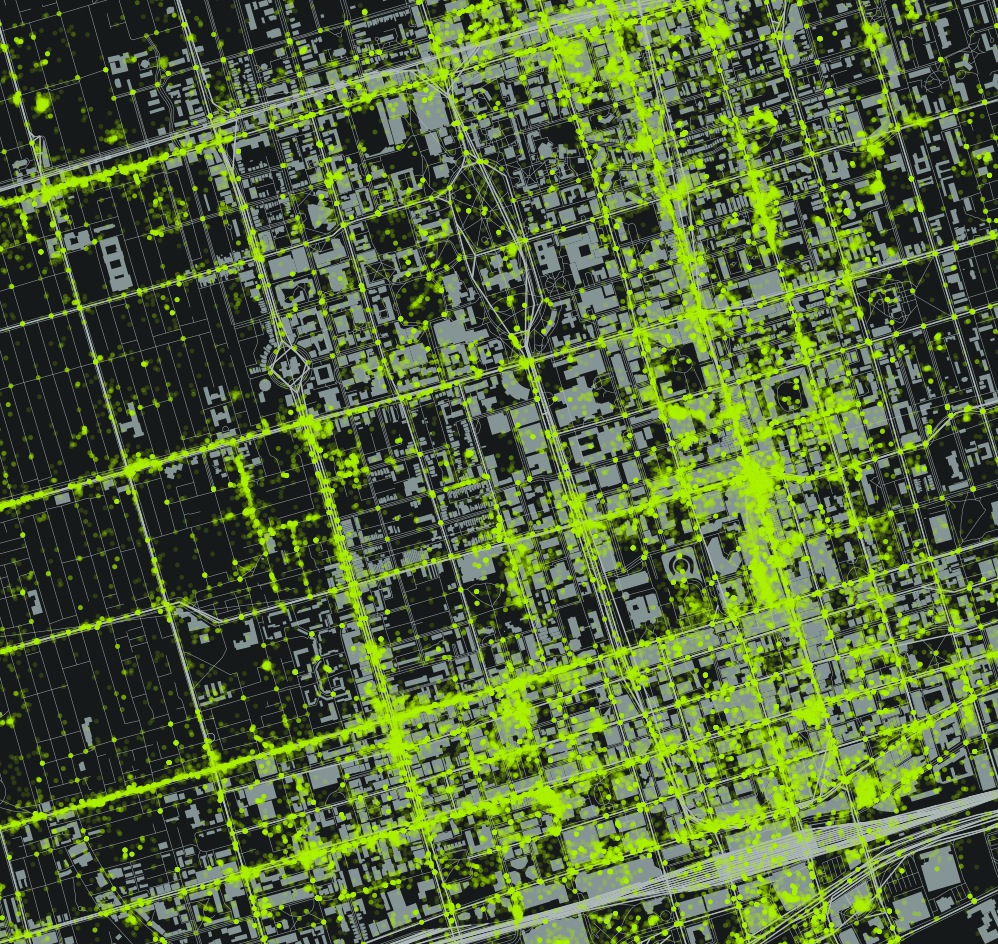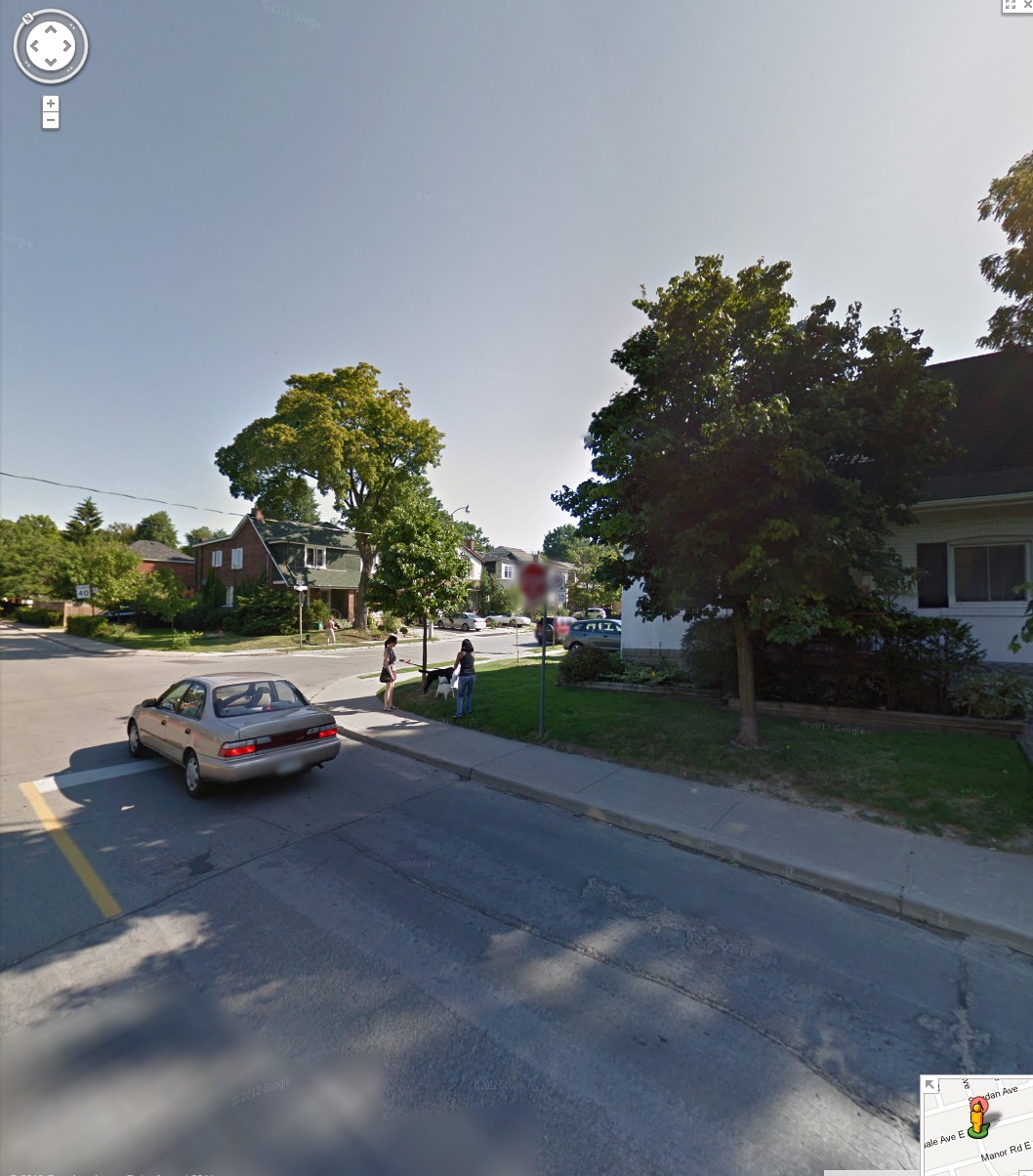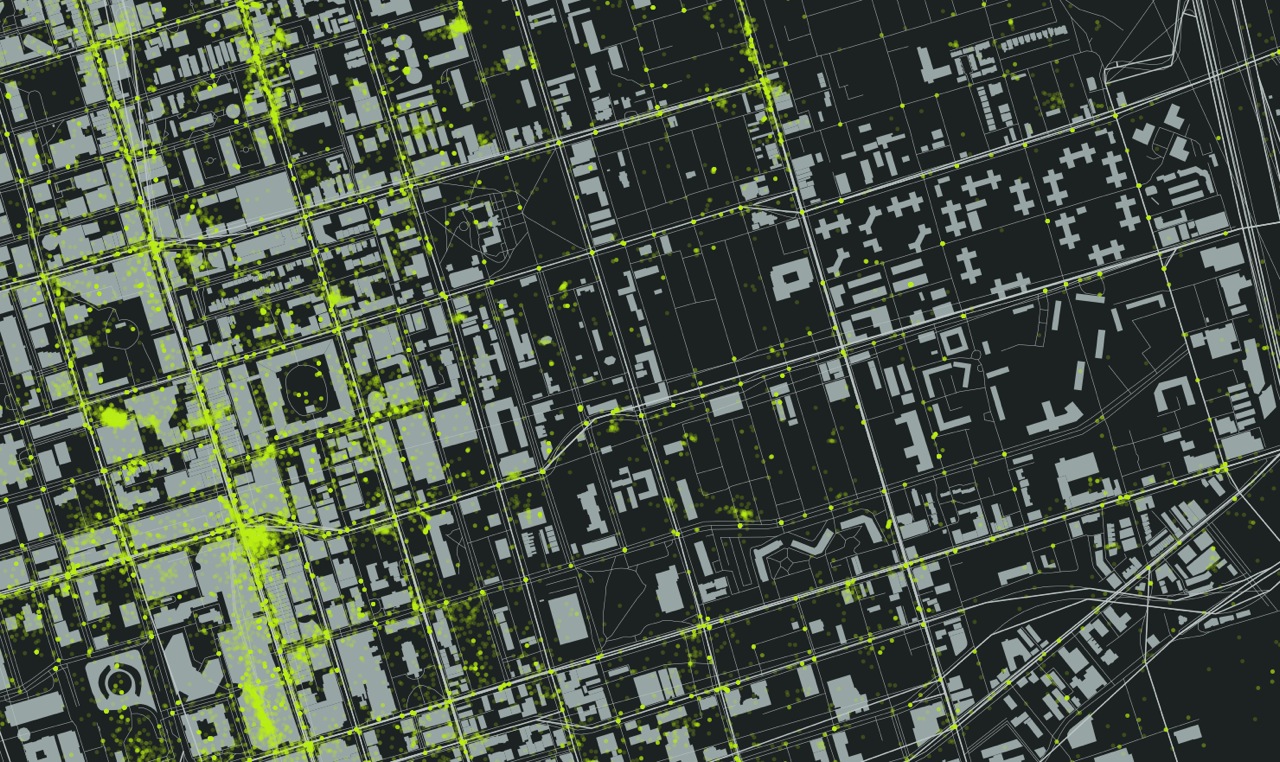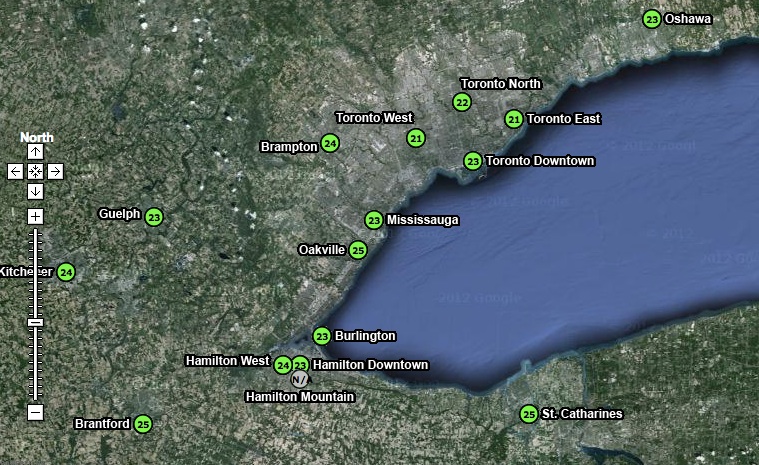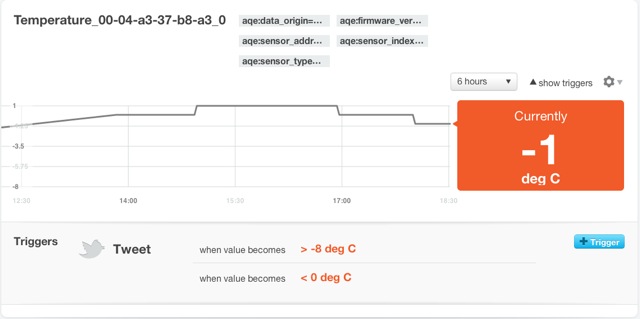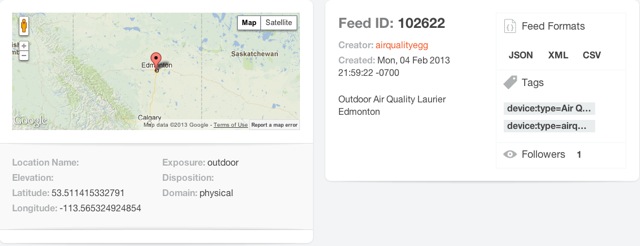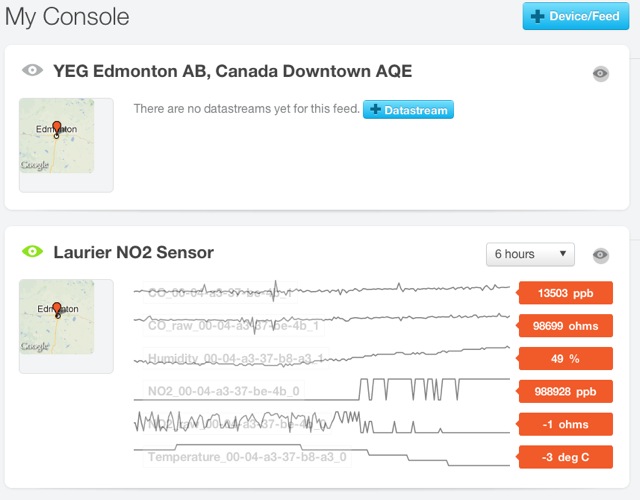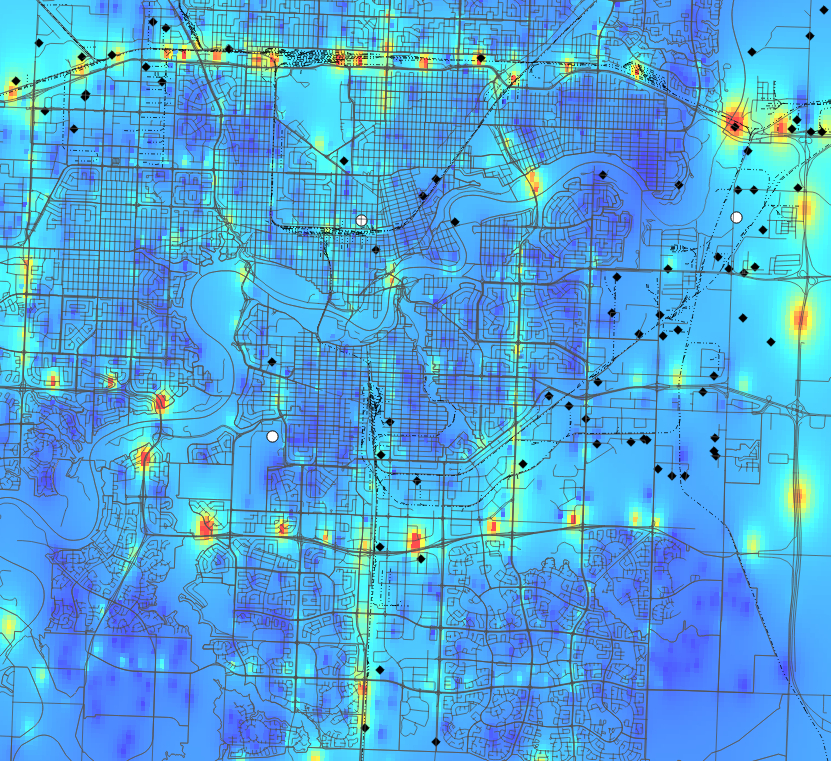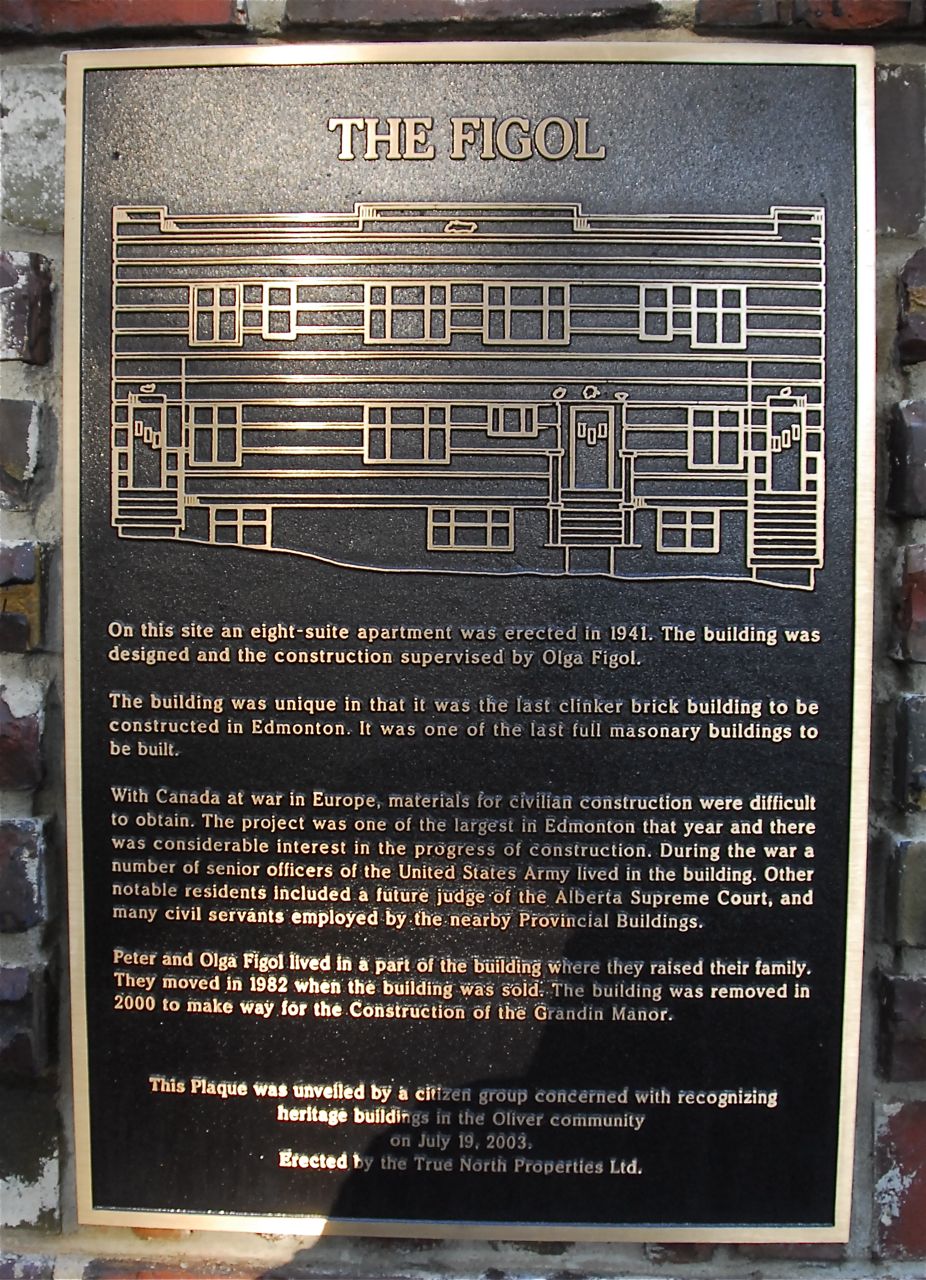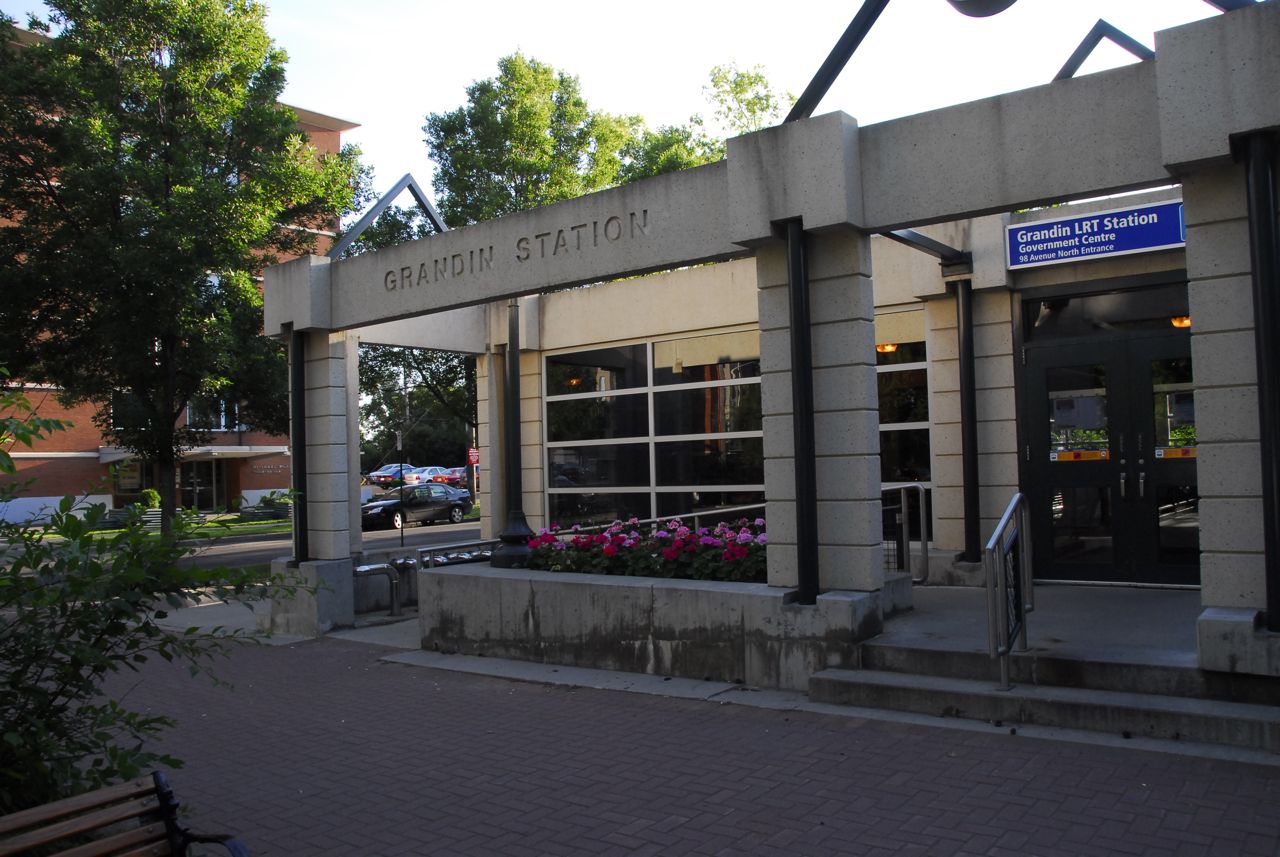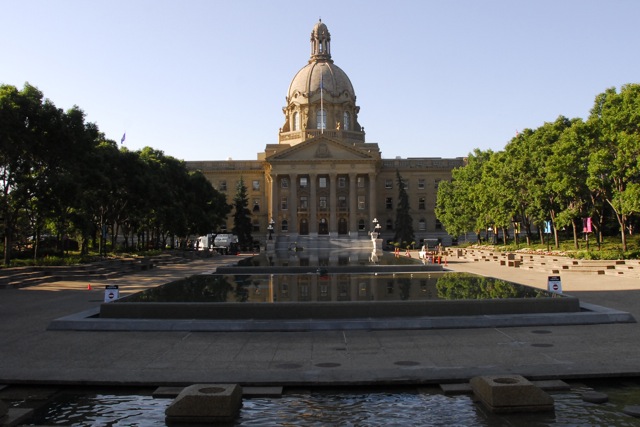The Point
I just completed my MA in Human Geography. My research pertained to people's understanding of location and their communication of that understanding through emerging location based technologies. My entire thesis can be access here (be warned, it is a large PDF via Google Drive).
In an effort at transparency, the next series of blog posts will examine some of the data that I collected pertaining to place and space, and the communication of that understanding through the tools of neogeography. These posts will draw upon two sources of data; mental maps that my research cohort drew, in conjunction with descriptions of the places represented in their mental maps. I will start by framing the discussion with place, space and mapping concepts.
Please note: The University of Alberta’s Arts, Science, and Law Research Ethics Board granted permission for me to post sections of interview transcripts to personal blogs, as did each informant. Any names that are referenced are pseudonyms.
Place and Space
The notion of 'place' is a common descriptor of the world, and is a central theme in the study of geography (Relph 1976) and other social sciences such as sociology and psychology (Gieryn 2000). These various disciplines characterize and describe place in a variety of ways (Harrison 1996); for the purpose of this study, place is defined as being comprised of three dimensions (after Relph, 1976):
- Observable activities that occur in relation to the place
- The meanings that are created by a person in that location, and;
- The physical features that comprise the location's concrete or tangible attributes.
A place is comprised of its physical characteristics, the activities that occur there and the meanings derived thereof (Devine-Wright 1997). The more familiar a person is with a place, through experience (for instance, through recreational or sporting activities), the greater the meaning that place is likely to have (Lynch 1995).
Maps
Maps are a common metaphor used to describe place (Zook 2007) where simple points on the map represent a much more complex reality. Lynch (1960) views place as a series of connected locations where individuals mentally organize their spatial environment in predictable ways around five elements (see below). Lynch's view of place implies that linkages exist between places based on a person's experience with those locations, creating a tapestry of meaning imposed upon an urban landscape. Similarly, (Tuan 1977) differentiates place from space based on the familiarity a person might have of the former; as a space becomes more familiar, more intimately known, it is transformed into a place. `If space is movement, then place is pause' (Tuan 1977, p.6).
Maps are one tangible way of conceptualizing and representing place and space. Modern maps, such as atlas and road maps, are mass-produced for a consumer market, and are the result of painstaking work done by experts in the fields of cartography, air photo interpretation, statistics, and other disciplines. One of the goals of a modern map is to communicate an objective representation of place that is accurate, useful and that conveys a sense of that place (Taylor 2009). For instance, a map of a city may convey a sense of place by rendering a collection of place names (buildings, roads, plazas, etc) overlaid on a road network, on top of topographic features.
While a map-reader may get a sense of that place, via those representations, the map does not convey the deeper understanding of place that comes from everyday experience, meanings and associations that a resident may possess. In fact, maps may distort a local knowledge by misrepresenting the meaning of place as reflected by, for instance, place names (Frank 2000). In this instance, expert knowledge of map-making is not enough to produce maps that convey an accurate sense of place. The missing ingredient is the experience of a place that can only be gleaned by visiting, or perhaps by interacting with someone who has intimate knowledge of it.
One outcome of this central and authoritative communication of place, via consumer maps, is that citizens are relegated to the role of consumers to be consulted by experts (i.e. urban planners, academics) in their quest to understand what a place means to people. Tools such as cognitive mapping (Kitchen 2009) and mental maps (Lynch 1960) are traditionally utilized to mine these location data from individuals. Tversky (1993) defines cognitive mapping as the process of mentally acquiring, storing, recalling, and decoding metric information relative to location. Mental mapping is the non-metric capture of spatial relations among elements, allowing reorientation, spatial inference and perspective taking (Downs 1977). The importance of these concepts is that they rely on an individual's non-expert or lay, understanding of space. Indeed, the academic notion of Naïve Geography (Egenhofer 1995) is predicated on a `common sense' understanding of geography, where the focus is largely on the non-expert.
The descriptions of place gleaned from the cognitive, mental or naïve are the result of an individual process of understanding. While there are shared map elements between people (e.g. most people will recognize a 'cross' as being the location of a church on a map), these shared elements do not represent a shared experience or the basis of a common understanding within a community. Within this context, there are a variety of ways that an individual or community can understand place, maps being one.
References
Devine-Wright, P. and Lyons, E.: 1997, Remembering Pasts and Representing Places: The Construction of National Identities in Ireland, Journal of Environmental Psychology 17, 33–45.
Downs, R. M. and Stea, D.: 1977, Maps in Minds. Reflections of Cognitive Mapping., Harper and Row.
Egenhofer, M. J. and Mark, D. M.: 1995, Naive Geography, in A. Frank and W. Kuhn (eds), Spatial Information Theory: A Theoretical Basis for GIS, International Conference COSIT ’95, Vol. 988 of Lecture Notes in Computer Science, Springer, Semmering, Austria, pp. 1–15.
Gieryn, T.: 2000, A Space for Place in Sociology, Annual Review of Sociology 26, 463–496.
Harrison, S. and Dourish, P.: 1996, Re-place-ing Space: The Roles of Place and Space in Collaborative Systems, Proceedings of the 1996 ACM conference on Computer Supported Cooperative Work, CSCW ’96, ACM, New York, NY, USA, pp. 67–76.
Kitchen, R. M.: 1994, Cognitive Maps: What they are and why we study them?, Journal of Environmental Psychology 14(1), 1–19.
Lynch, K.: 1960, The Image of the City, The MIT Press.
Lynch, K., Banerjee, T. and Southworth, M.: 1995, City Sense and City Design: Writings and Projects of Kevin Lynch, MIT Press.
Relph, E.: 1976, Place and Placelessness, Pion.
Tuan, Y.: 1977, Place and Space: The Perspective of Experience, University of Minnesota Press.
Tversky, B.: 1993, Cognitive Maps, Cognitive Collages, and Spatial Mental Models, in A. U. Frank and I. Campari (eds), Spatial Information Theory: A Theoretical Basis for GIS, Proceedings COSIT ’93, Vol. Lecture Notes in
Computer Science, Springer: Berlin, pp. 14–24.
Zook, M. A. and Graham, M.: 2007, Mapping Digiplace: Geocoded Internet Data and the Representation of Place, Environment and Planning B 34(3), 466–482.


